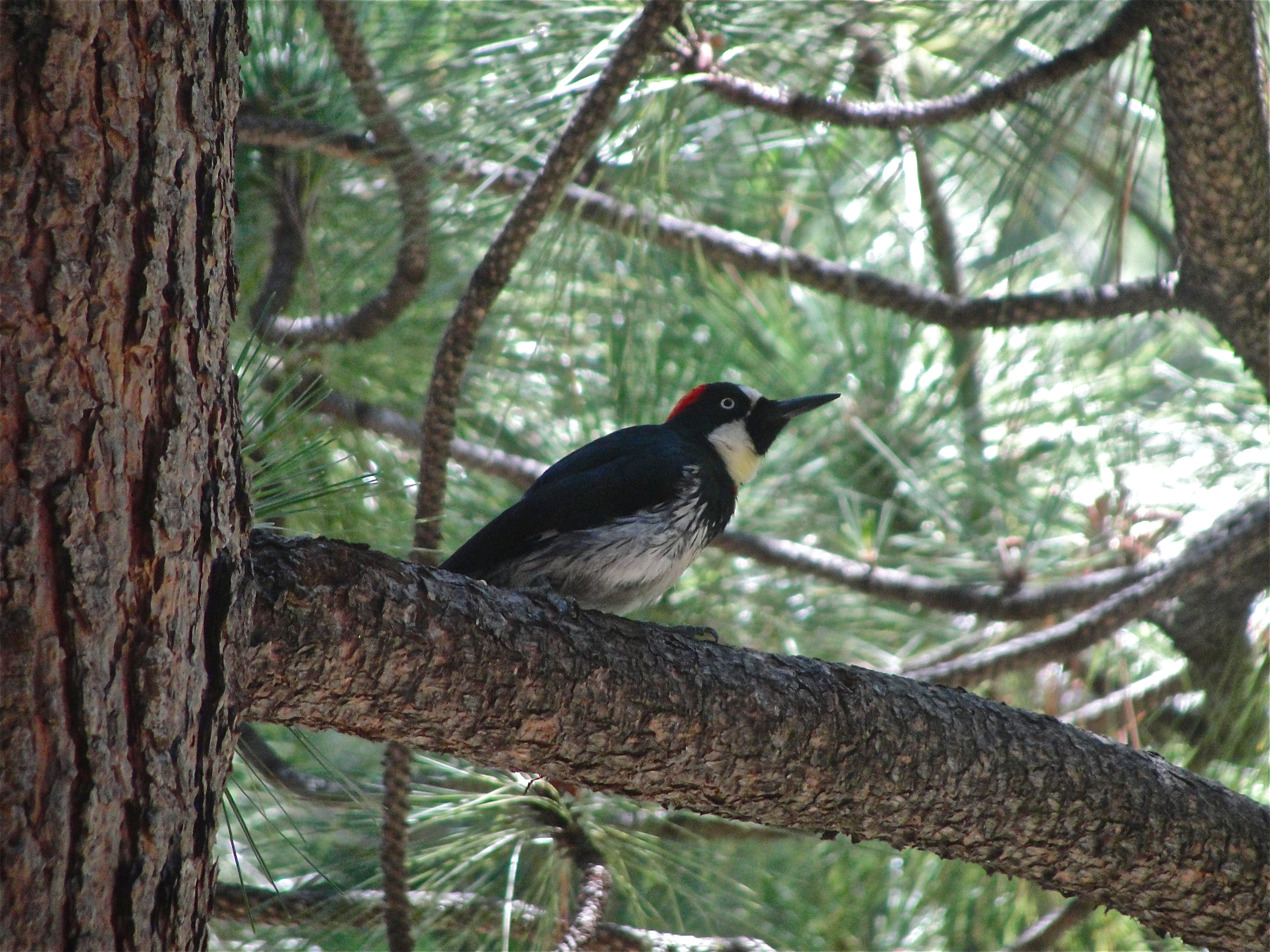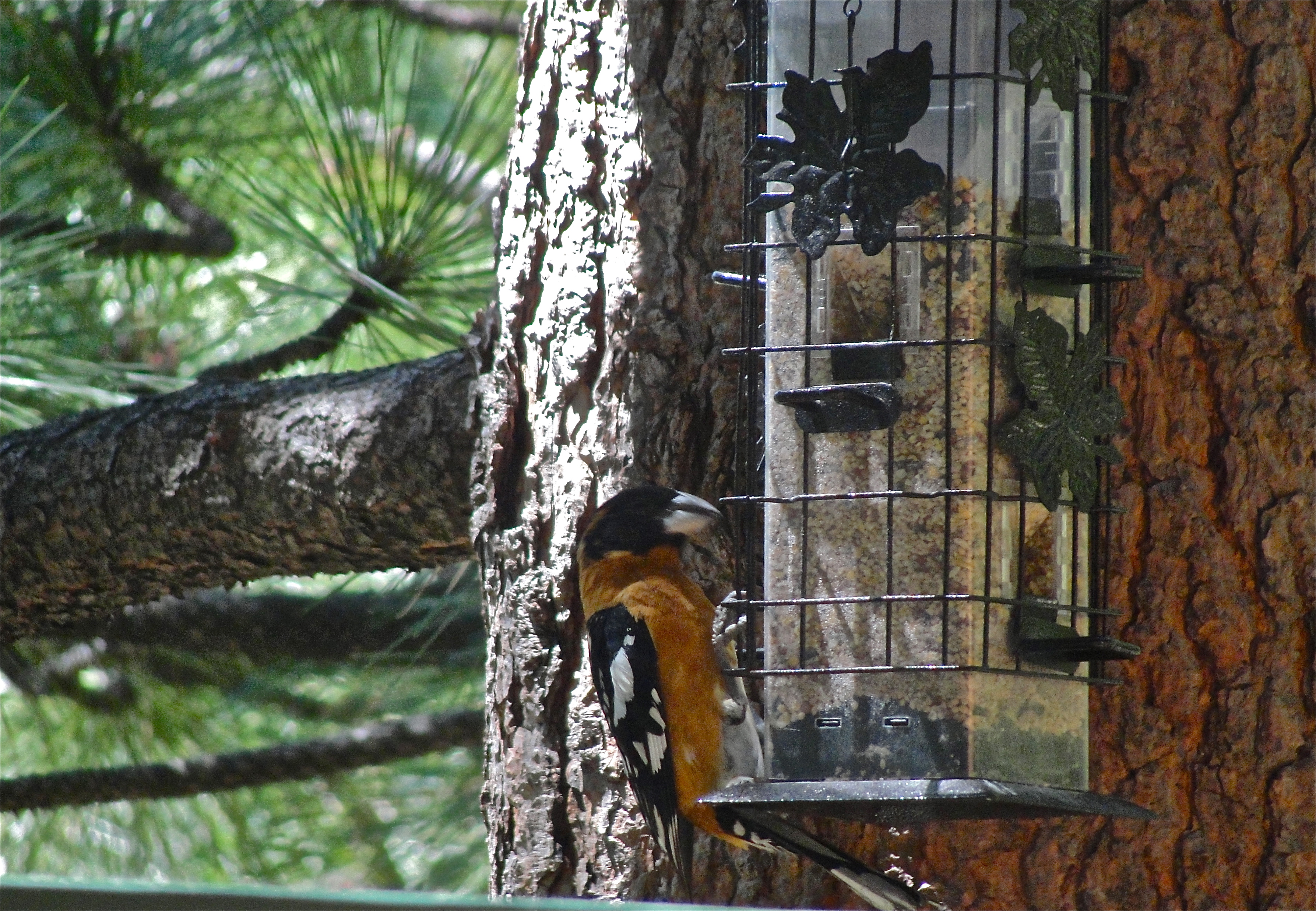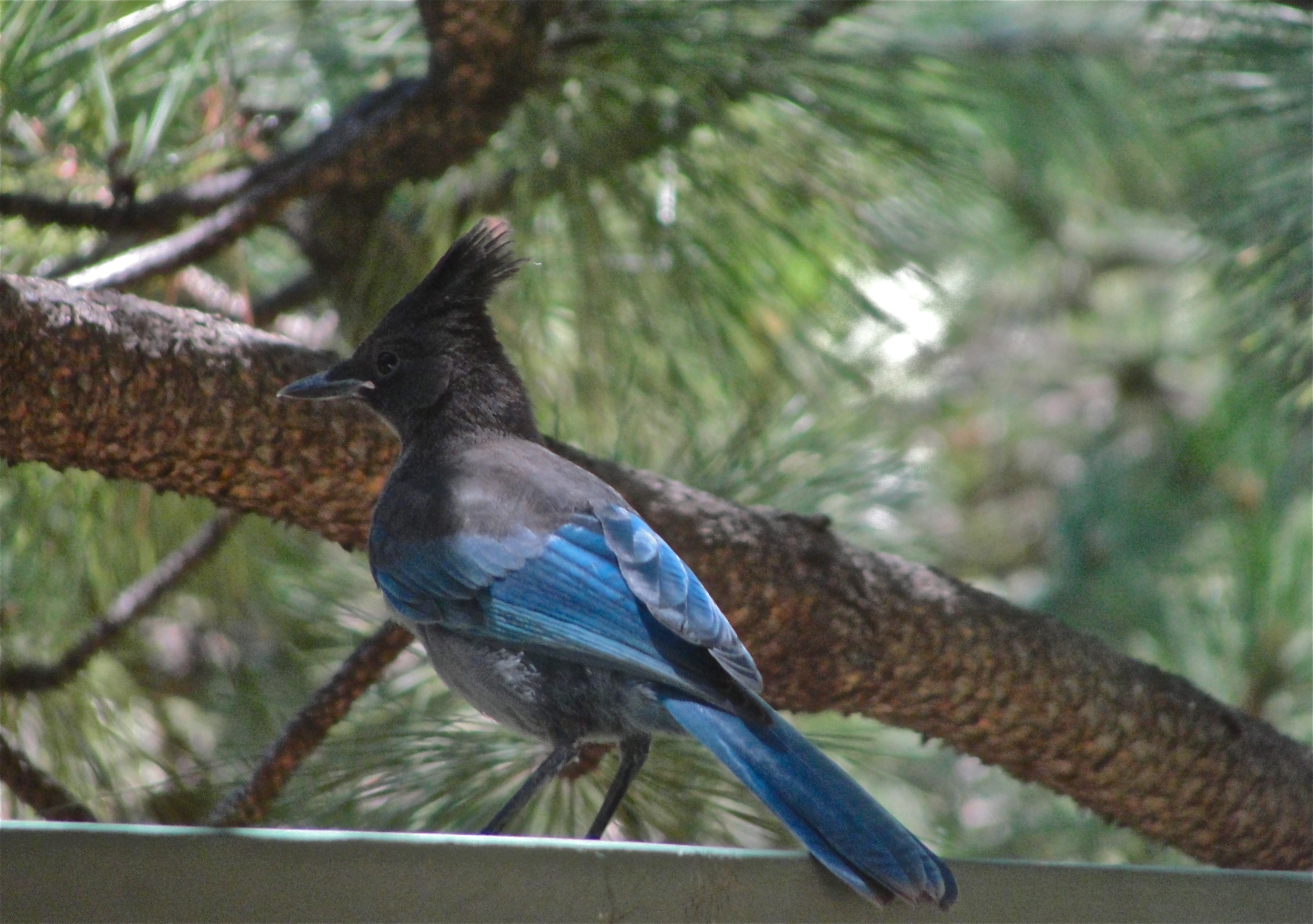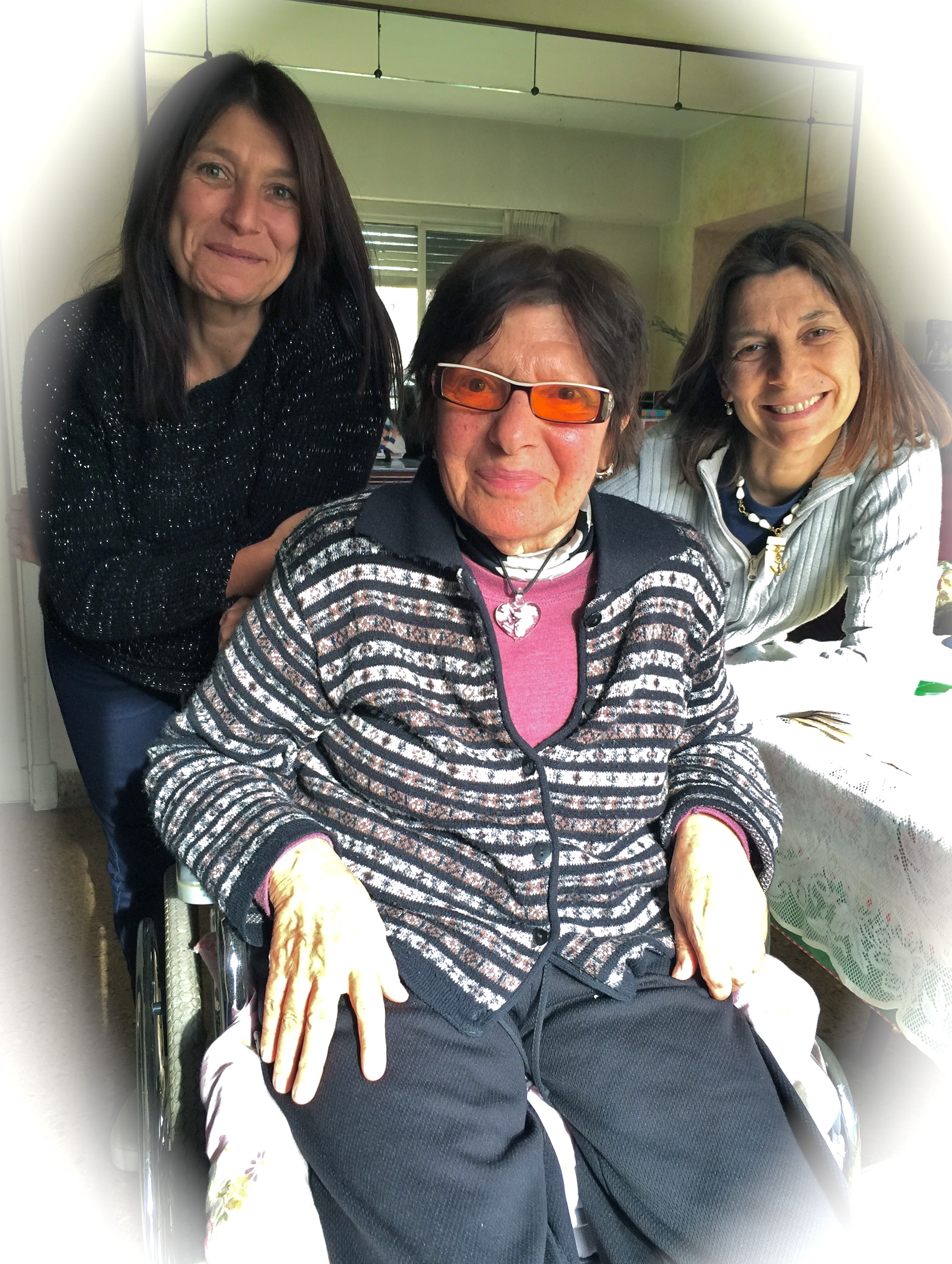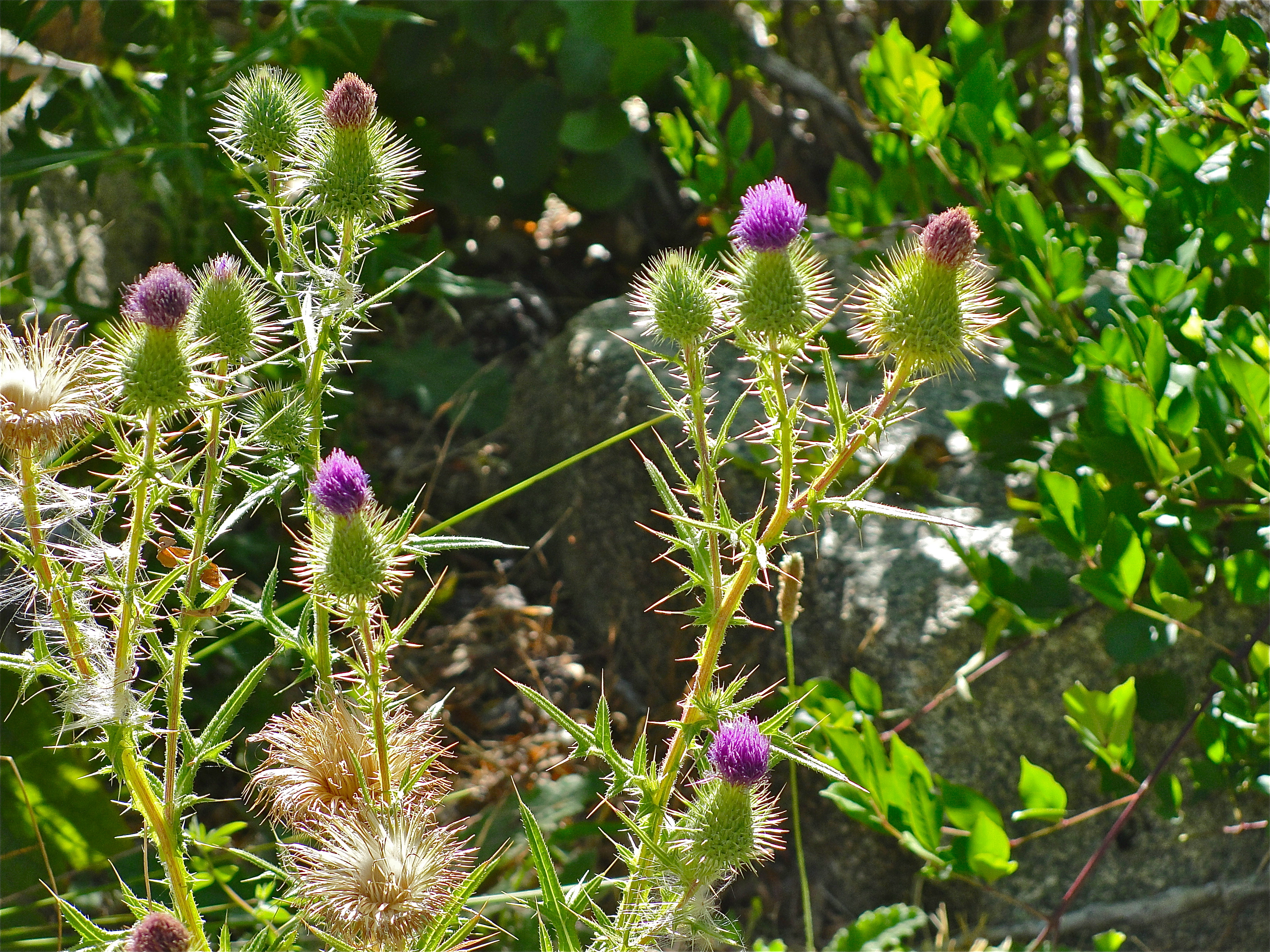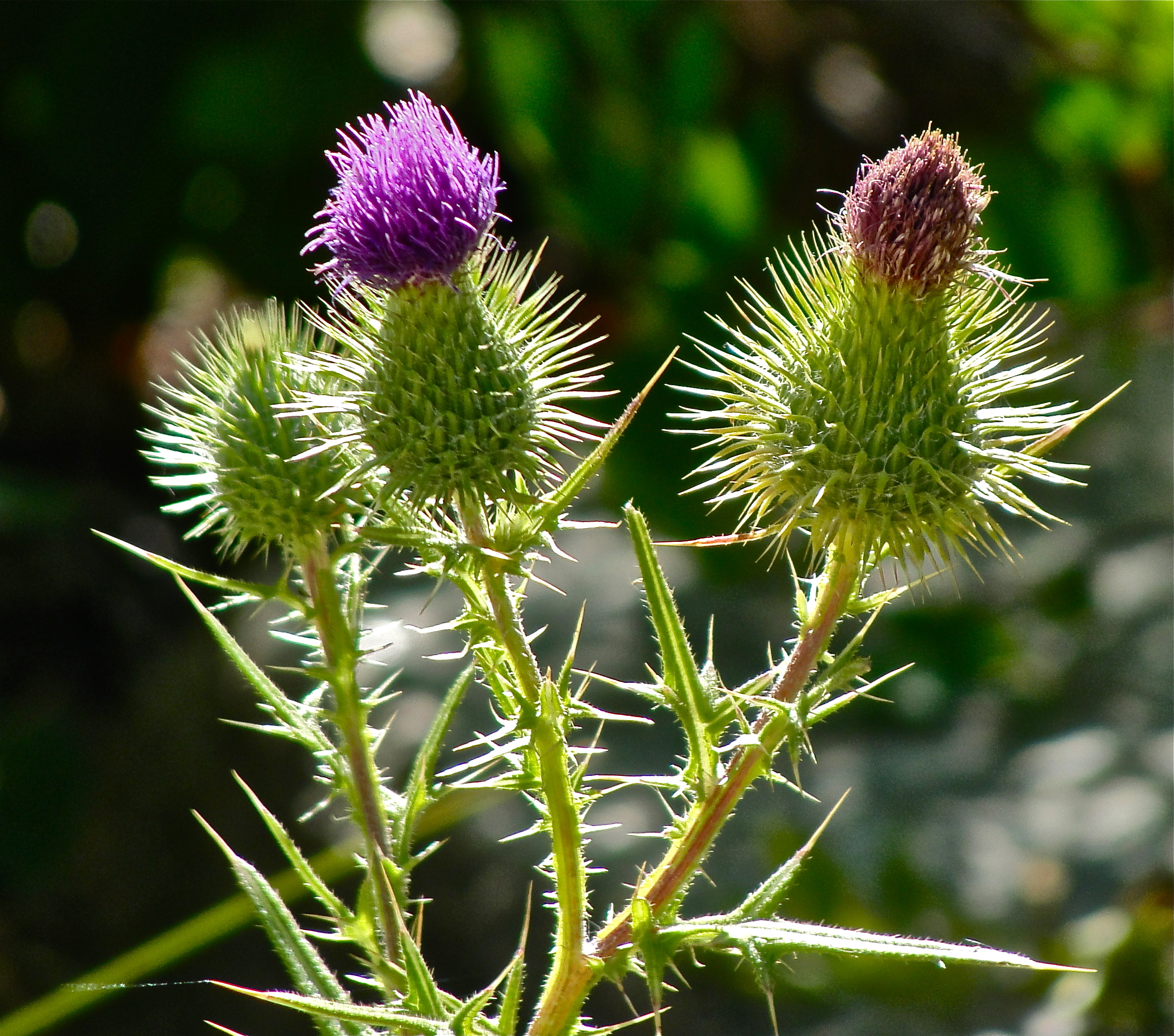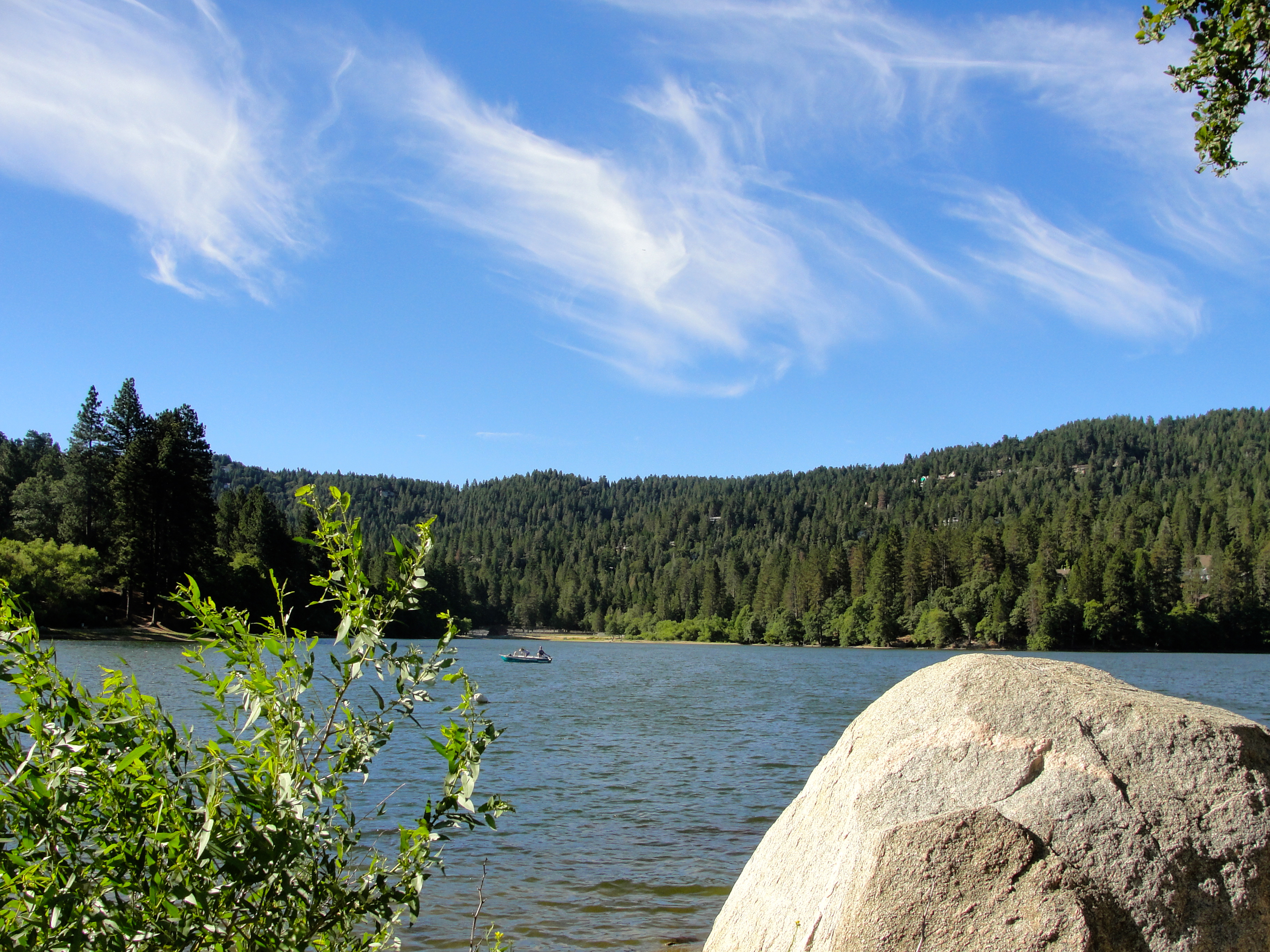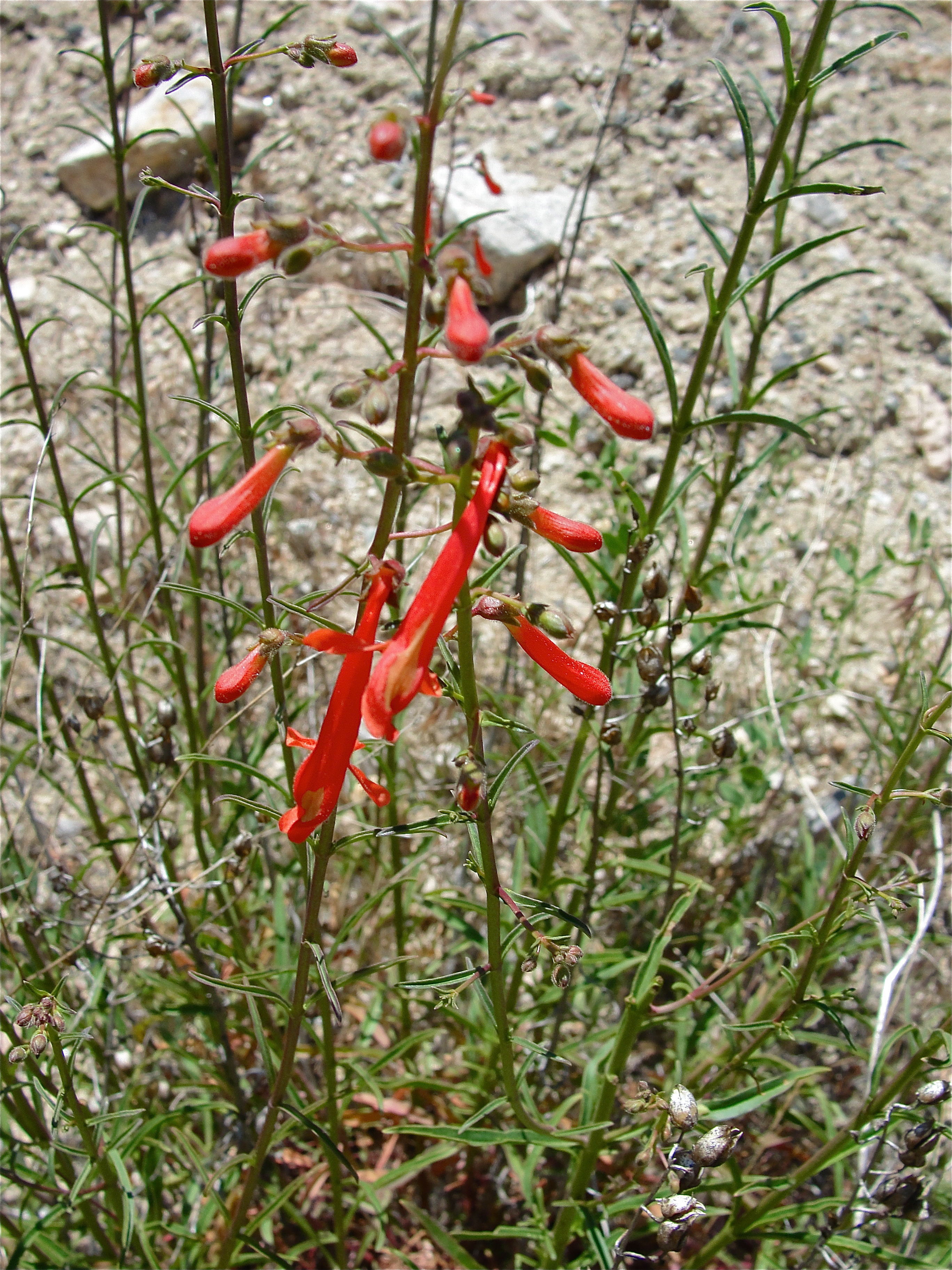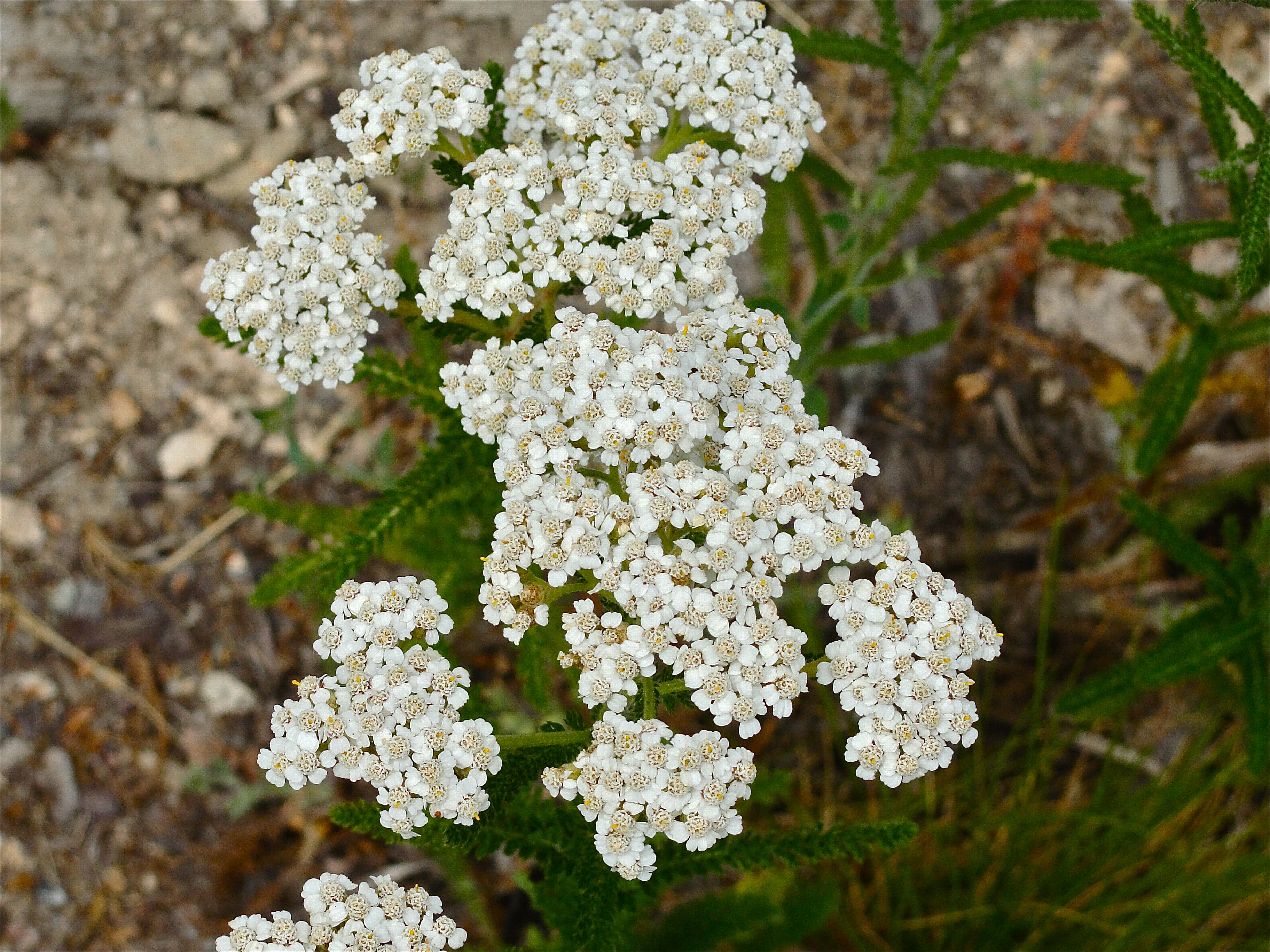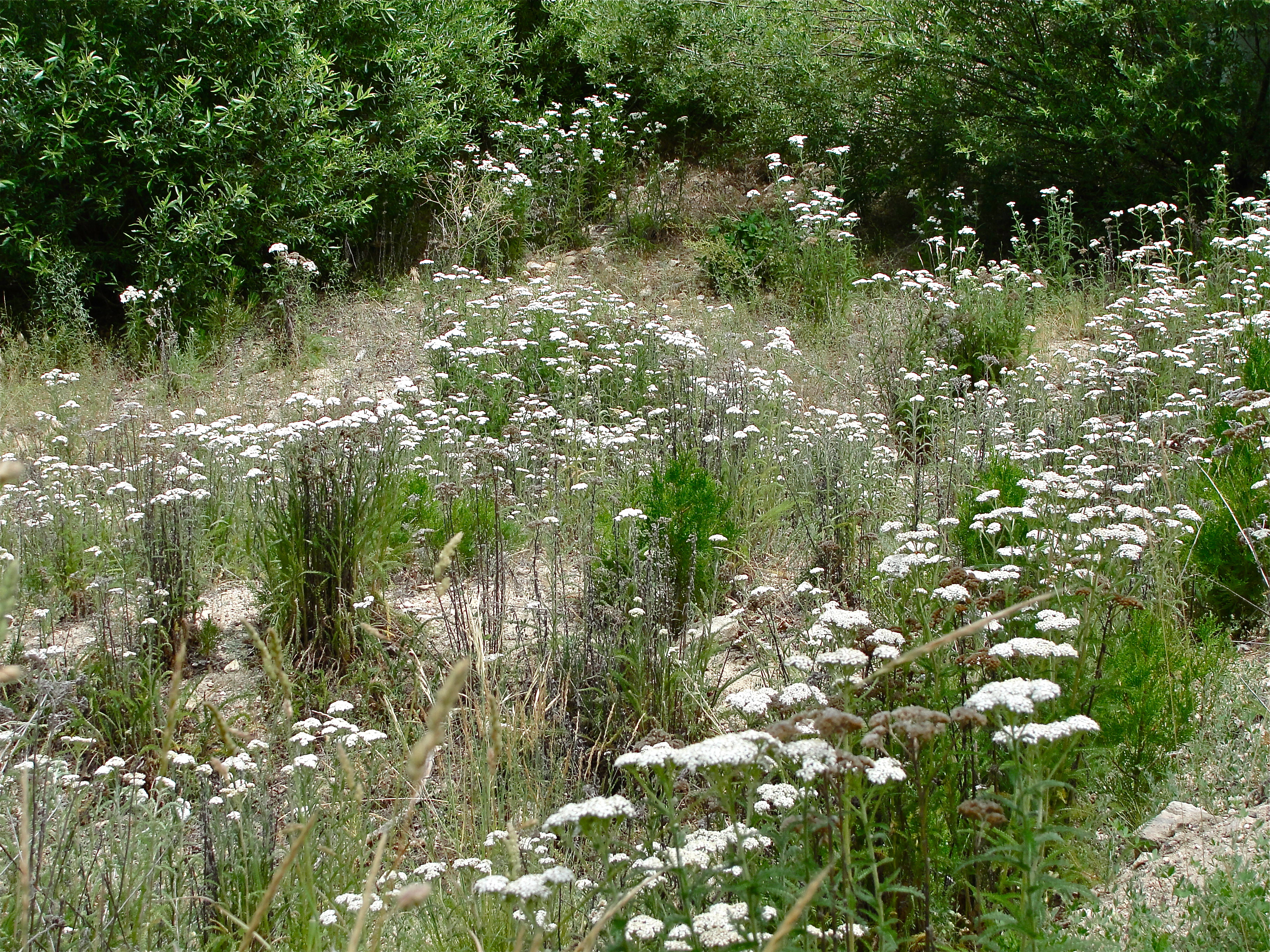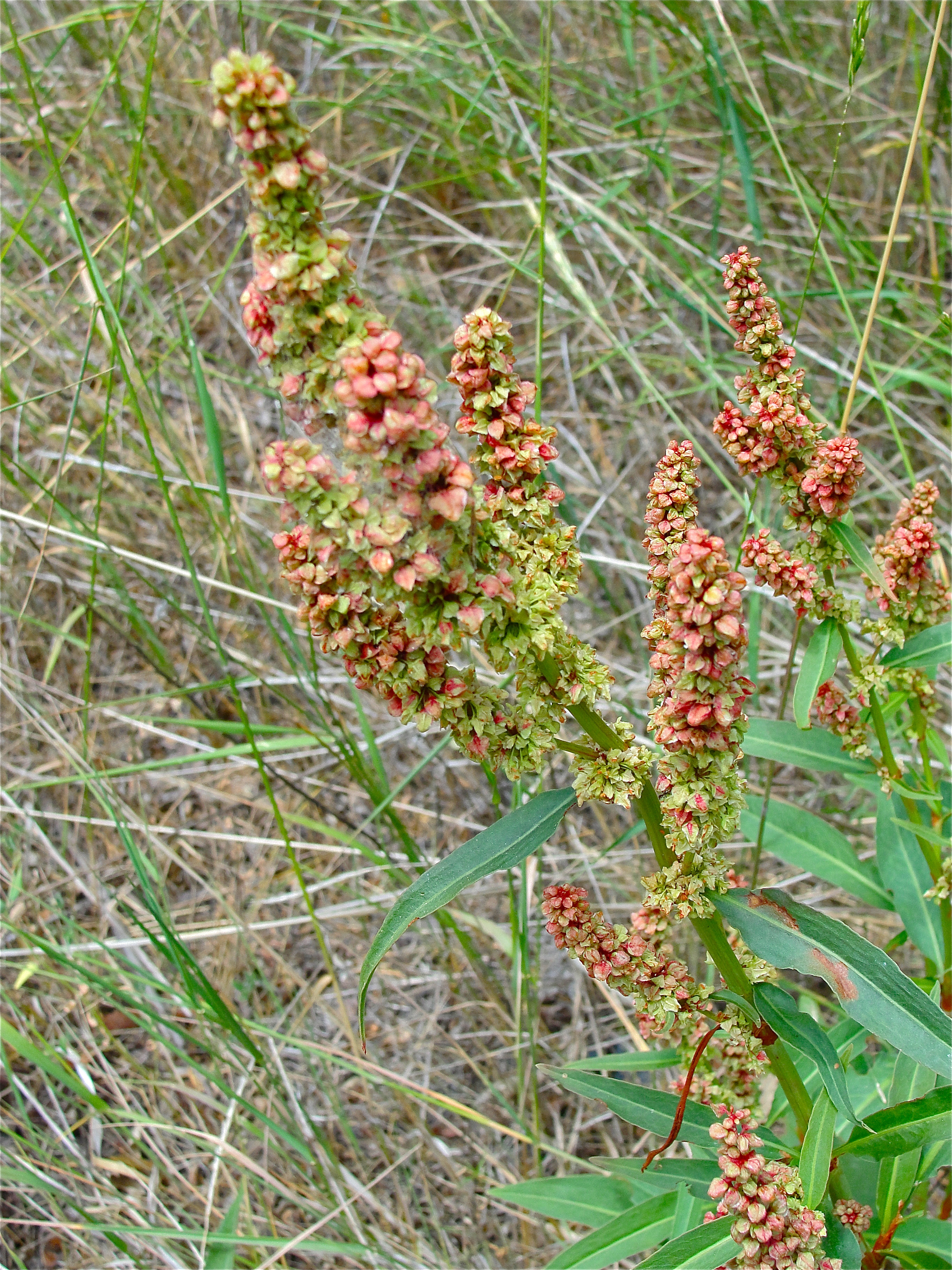Mudras are finger/hand poses used in yoga that symbolize different feelings we want to exhibit or receive and/or states of being we want to achieve.
When you wave to someone to say,”hello”, that is a mudra. When you make the peace sign, mudra. When you place your index finger and thumb and make a round O and gesture from your body out, you are saying “OK” and that is a mudra too.
In yoga, there is a meaning for each digit that takes everything even further. Each finger represents a planet, an element or a being. For example, the thumb is God or Divine Source. When we come into Anjali mudra or prayer pose using our hands palm to palm and bring our thumbs to our heart center, we are bringing our Creative Power or Divinity into our hearts.
This week we practiced being Goddesses and I taught the women the Guyan mudra which is used in the inner thigh stretching/quad strengthening goddess pose.
The Guyan mudra is the wisdom mudra. You see it all the time atop crossed knees on meditation images. Your index finger is the ego, your thumb is God. You bring the ego to God, not at the same time nor the thumb to the index finger and in your surrender… you become wise.
Your egolessness, your humility and your yielding to a higher power is what gives you wisdom.

